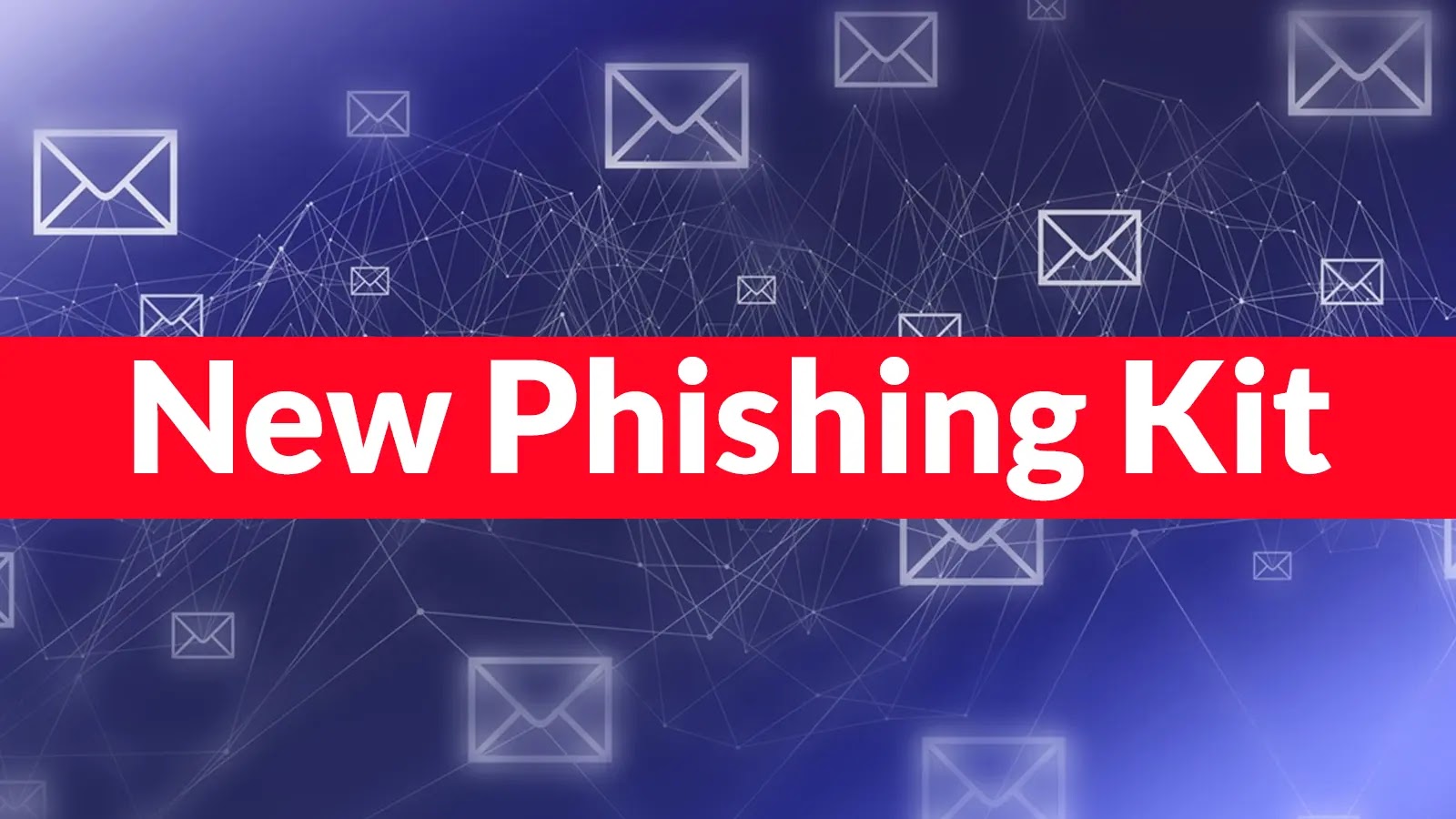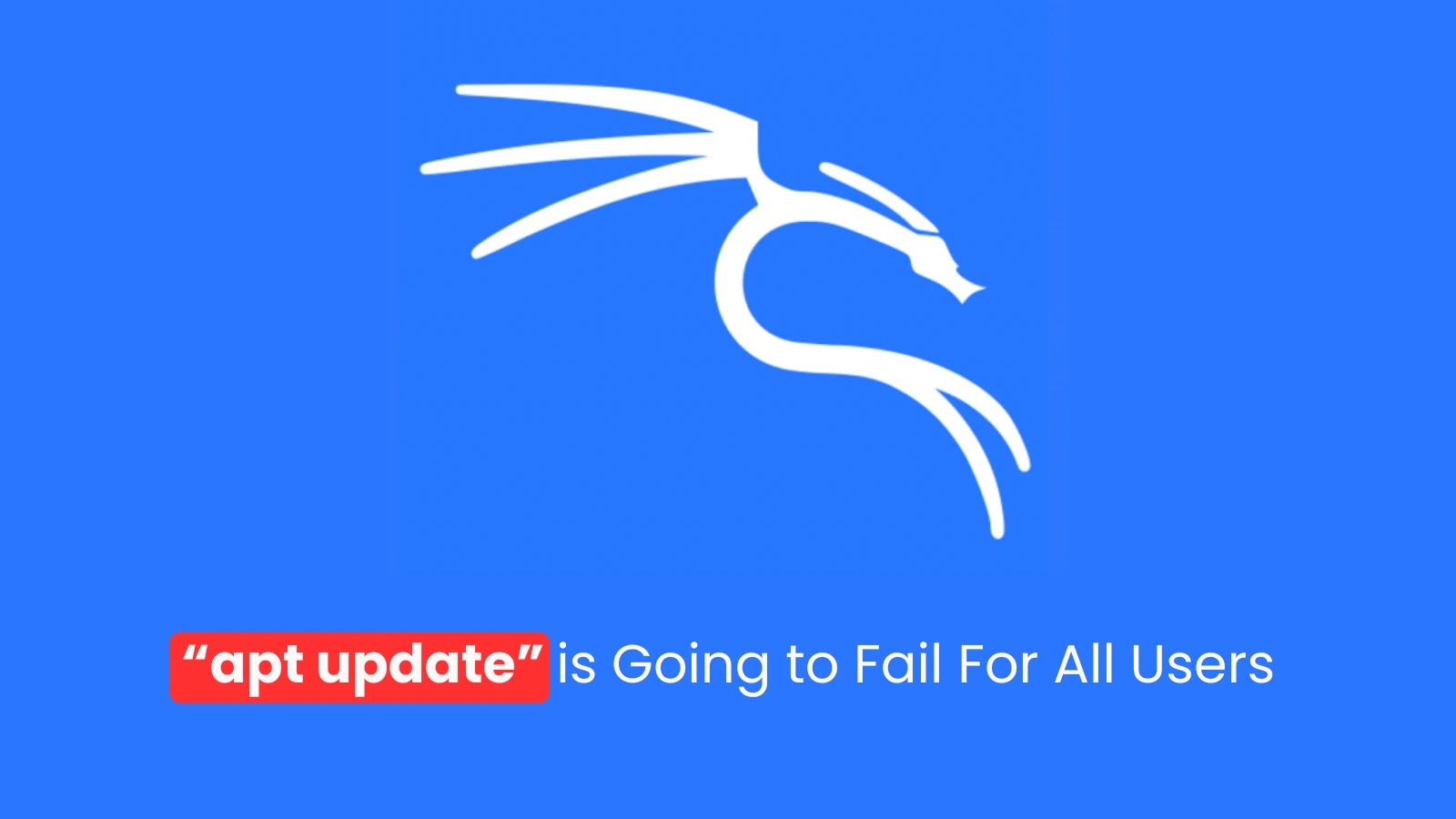The cybersecurity landscape is witnessing a significant shift with the advent of automated phishing toolkits, notably the IUAM ClickFix Generator. This development enables individuals with minimal technical expertise to craft sophisticated phishing campaigns, thereby broadening the spectrum of potential cyber threats.
Understanding the IUAM ClickFix Generator
The IUAM ClickFix Generator is a web-based interface that streamlines the creation of malicious web pages designed to mimic legitimate browser verification processes. By consolidating elements such as page titles, domains, verification prompts, and clipboard instructions, this toolkit offers a turnkey solution for deploying deceptive phishing pages. These pages often masquerade as authentic security checks, tricking users into executing commands that install malware on their systems.
Mechanics of the ClickFix Attack
The attack typically unfolds as follows:
1. User Engagement: An individual encounters what appears to be a legitimate online advertisement or search result.
2. Redirection to Fake Site: Clicking the link redirects the user to a convincingly replicated website, such as a news outlet or service provider.
3. Presentation of Fake Verification: The user is prompted with a security verification page that closely resembles those from trusted services like Cloudflare.
4. Clipboard Manipulation: Interacting with the verification prompt triggers a script that copies a malicious command to the user’s clipboard without their knowledge.
5. Execution of Malicious Command: The user is instructed to open a command interface (e.g., Windows Run dialog), paste the clipboard contents, and execute the command, inadvertently installing malware.
Technical Breakdown of the Infection Process
The ClickFix pages employ lightweight JavaScript snippets that bind click handlers to fake CAPTCHA checkboxes. Upon user interaction, the script executes code that copies a malicious PowerShell command to the clipboard and displays instructions for the user to execute it. This method effectively bypasses traditional security measures by leveraging user actions to initiate the malware installation.
Implications for Cybersecurity
The emergence of the IUAM ClickFix Generator signifies a concerning trend in cyber threats:
– Lowered Barrier to Entry: By automating the creation of sophisticated phishing pages, the toolkit enables a broader range of individuals to launch attacks, increasing the overall volume of threats.
– Evasion of Security Measures: By manipulating users into executing commands themselves, these attacks can circumvent traditional security controls that monitor for automated malware downloads.
– Potential for Widespread Impact: The ease of use and effectiveness of these attacks could lead to a surge in phishing campaigns targeting both individuals and organizations.
Protective Measures and Recommendations
To mitigate the risks associated with ClickFix attacks, consider the following strategies:
– User Education: Train users to recognize and avoid suspicious verification prompts and to be cautious when instructed to execute commands or download files from untrusted sources.
– Technical Safeguards: Implement security solutions that can detect and block malicious scripts and monitor for unusual command executions.
– Policy Enforcement: Establish and enforce policies that restrict the execution of unauthorized scripts and commands, particularly those initiated through user interactions with web content.
Conclusion
The IUAM ClickFix Generator exemplifies the evolving nature of cyber threats, where automation and social engineering converge to create potent attack vectors. Staying informed about such developments and adopting comprehensive security measures are crucial steps in safeguarding against these sophisticated phishing campaigns.



